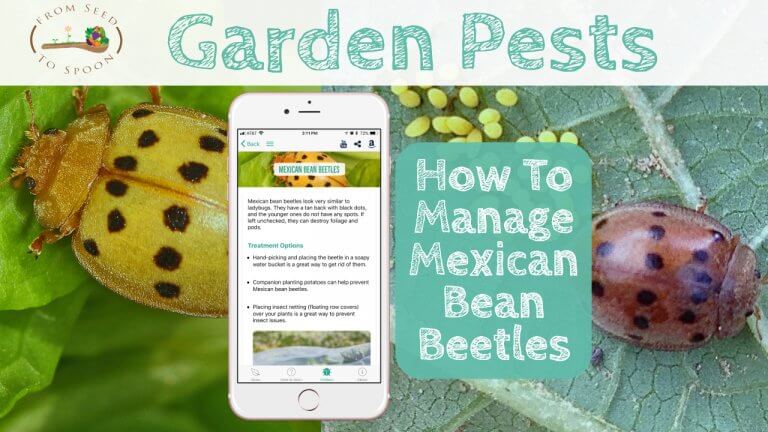
How to: Manage Mexican Bean Beetles in Your Garden
Mexican bean beetles look very similar to ladybugs. They have a tan back with black dots, and the younger ones do not have any spots. If left unchecked, they can destroy foliage and pods.

Mexican bean beetles look very similar to ladybugs. They have a tan back with black dots, and the younger ones do not have any spots. If left unchecked, they can destroy foliage and pods.
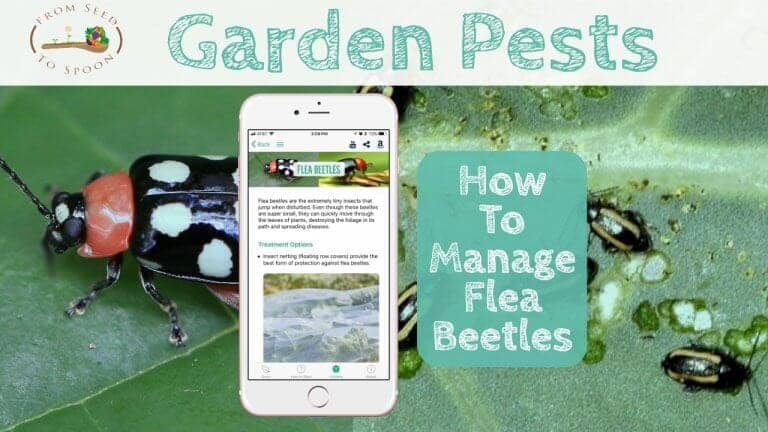
Flea beetles are the extremely tiny insects that jump when disturbed. Even though these beetles are super small, they can quickly move through the leaves of plants, destroying the foliage in its path and spreading diseases.

You can grow beans as snap beans, shell beans or dry beans. They are extremely easy to grow and will always be a staple on our garden. We plant new rounds of them every 3 weeks from spring until the end of summer. How to Grow: Bush beans can be planted as soon as the last spring frost has occurred until 10 weeks before first fall frost. In milder climates, bush beans can be planted

Corn borers are the caterpillar of a yellowish-brown moth with dark, wavy bands across the wings. The borer usually has a bit of a pale pink color. The eggs are whitish-yellow and laid in clusters on the underside of the leaves.
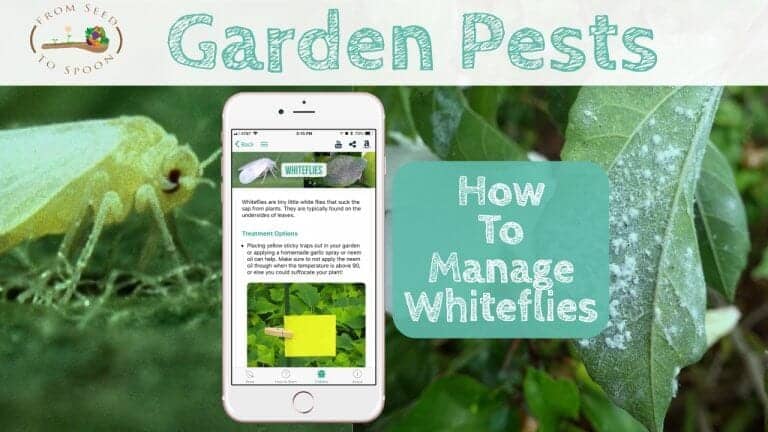
Whiteflies are tiny little white flies that suck the sap from plants. They are typically found on the undersides of leaves.
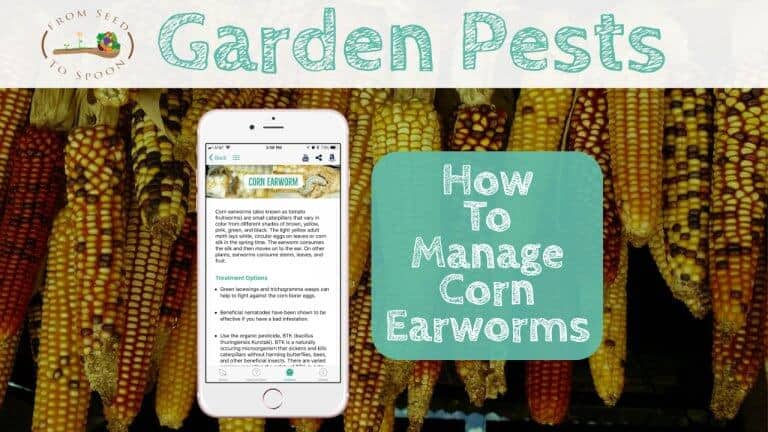
Corn earworms (also known as tomato fruitworms) are small caterpillars that vary in color from different shades of brown, yellow, pink, green, and black. The light yellow adult moth lays white, circular eggs on leaves or corn silk in the spring time. The earworm consumes the silk and then moves on to the ear. On other plants, earworms consume stems, leaves, and fruit.

These small rodents can be challenging and can destroy a garden! They can be pesky, so trial and error is important to see what works best for your visitors.
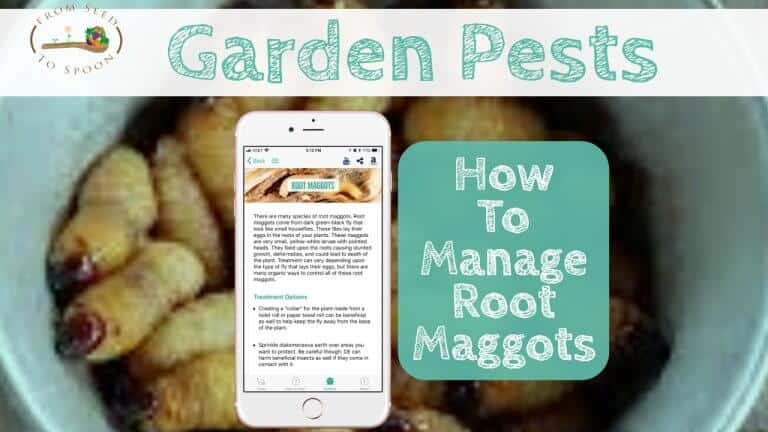
There are many species of root maggots. Root maggots come from dark green-black fly that look like small houseflies. These flies lay their eggs in the roots of your plants. These maggots are very small, yellow-white larvae with pointed heads.

These small rodents can create quite a challenge in your garden. They create tunneling systems and eat roots along with shrubs and vegetables.
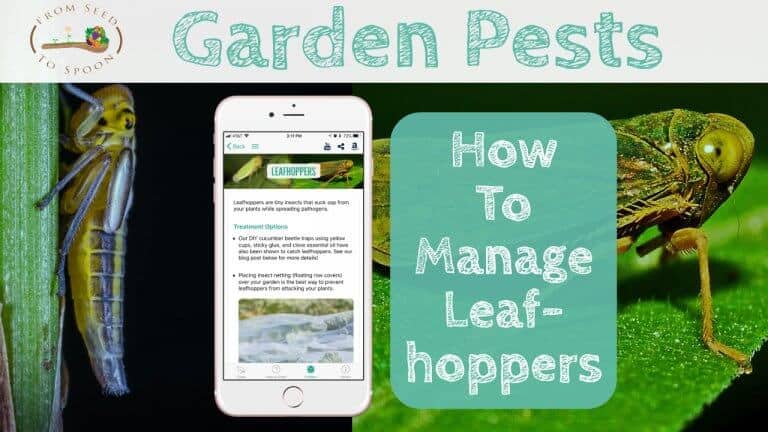
Leafhoppers are tiny insects that suck sap from your plants while spreading pathogens.
